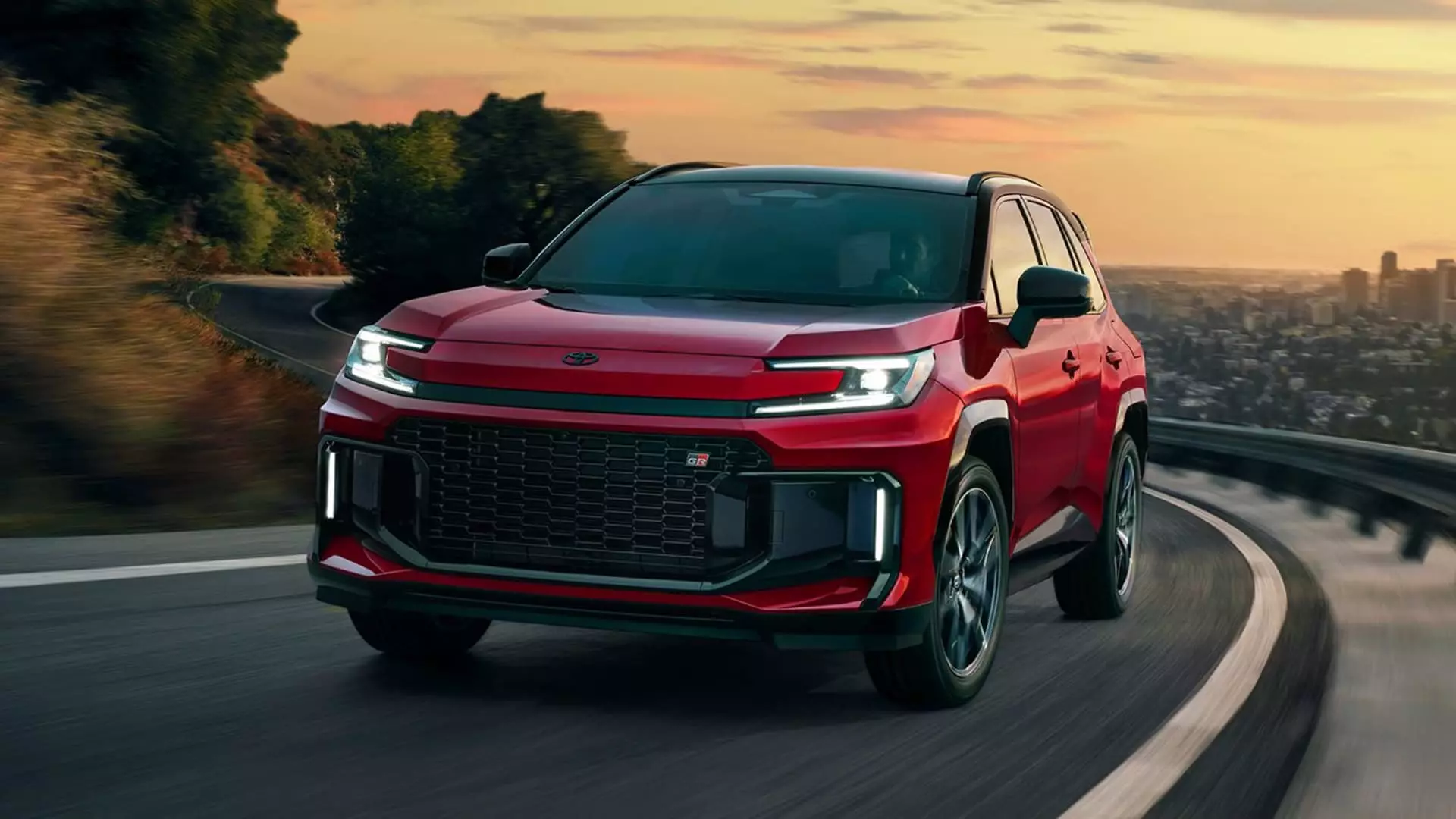In a bold move that is set to reshape the landscape of the automotive market, Toyota has announced that the top-selling SUV in the United States, the RAV4, will henceforth be available exclusively as a hybrid model. This significant pivot comes as part of a complete redesign of the RAV4 lineup for the 2026 model year and is indicative of Toyota’s commitment to environmental sustainability. The reduction of traditional gas engines in favor of hybrid technology highlights both a response to global consumer demand and the automaker’s own vision of an eco-friendly automotive future.
The decision to limit the RAV4 lineup to hybrid and plug-in hybrid variations marks a watershed moment for Toyota, a company that has long championed hybrid technology since the debut of the Prius. While many in the industry pivot towards full electric vehicles, Toyota’s analysis of market trends reveals that hybrid models strike a balance between performance and fuel efficiency, catering to consumers still wary of fully embracing electric vehicles. This pursuit of a hybrid-centric model underlines Toyota’s intention to maintain industry leadership while adapting to evolving climate concerns.
A Reflection of Consumer Demand
David Christ, head of Toyota’s North American division, characterized the shift towards an all-hybrid RAV4 lineup as a consumer preference-driven decision. With hybrid models like the RAV4 demonstrating substantial sales growth—highlighting a 29.3% increase in RAV4 hybrids over the previous year—it’s clear that customers are signaling their desire for such vehicles. The hybrid RAV4 has become a symbol of reliability and innovation, and Toyota’s willingness to adapt its offerings to customer preferences is commendable.
However, the question arises: Are we, as consumers, inherently resistant to fully electric vehicles, or is this a temporary phase driven by market uncertainty? An inconvenient truth looms large in the background—many consumers remain skeptical about the charging infrastructure and the range limitations of all-electric cars. As automotive manufacturers rush to embrace electric models, they may overlook the key fact that hybrid vehicles provide an essential bridge, dispelling some fears while offering a more practical alternative for everyday drivers.
Now, one may argue that Toyota’s decision is not just a clever response to market demand, but a shrewd business strategy that plays into the existing infrastructure and consumer hesitance toward full electrification. The hybrid model could serve as an effective compromise, keeping the engine running and the consumer satisfied while transitioning towards a more sustainable model.
Challenge of the Electric Future
Despite the growing popularity of hybrid vehicles, the trend of fully transitioning to all-electric models cannot be dismissed. According to industry data, electrified vehicles (both hybrid and fully electric) accounted for a record 20% of new car sales in the United States last year. It’s critical to understand that while hybrids like the RAV4 enjoy immediate popularity, ongoing developments in electric vehicle technology and the swelling tide of environmental awareness could reshape consumer preferences in the not-so-distant future.
Toyota faces formidable challenges ahead, particularly with ongoing tariffs on imported vehicles and parts. This financial pressure adds complexities to the already intricate landscape of U.S. automotive production. The company’s reliance on a mix of domestic and imported vehicles for the RAV4 highlights the vulnerability that comes with a global supply chain. As such, any limitation imposed by tariffs could disrupt production and influence pricing, posing a significant hurdle in maintaining market supremacy.
Pioneering Change Amidst Uncertainty
As the industry adapts to rising tariffs and production challenges, the question arises—can Toyota fortify its position in such an unpredictable climate? The company has shown a willingness to innovate, planning to ramp up RAV4 production at its Kentucky plant to mitigate concerns over import dependencies. Mark Templin, chief operating officer of Toyota Motor North America, has expressed optimism about increasing domestic production. However, the implications of these tariffs cannot be overlooked; they create ripples of uncertainty that complicate planning and execution in the automotive sector.
While the RAV4’s dominance in sales is irrefutable, its newly hybridized identity may encounter resistance from potential buyers enticed by the electric revolution. Toyota’s acknowledgment of the hybrid as faster-selling and trendier demonstrates an understanding of consumer dynamics that is impressive but potentially limited in scope. As competitors hastily ramp up their electric vehicle offerings, the automotive giant will need to ensure that its hybrid models are not only appealing but also capable of competing in a rapidly evolving market.
The automotive landscape is on the brink of transformation. Toyota’s exclusive hybrid RAV4 model is emblematic of change; it’s not only about how we drive but also about how we think regarding sustainable mobility. Transitioning midstream in an industry where electrification is popular may either serve as a bridge during this transitional era or highlight Toyota’s reluctance to fully embrace a shifting paradigm. In this evolving automotive drama, the stakes are high, and the direction is anything but certain.

